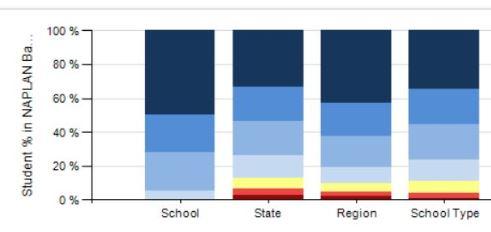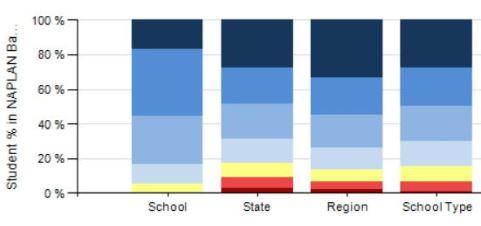Principal's Update
Our newsletter goes digital!

Principal's Update
Our newsletter goes digital!
Welcome to the very first edition of our digital newsletter. I hope you enjoy the new format and find it easy to navigate.
Did you know there are just 5 and a bit weeks left of the school year?! This means we are well into the planning process for 2023. Our first two "Step into Prep" Transition sessions have been fantastic. The year fives will be participating in upcoming sessions to get to know their new 'buddies' for next year.




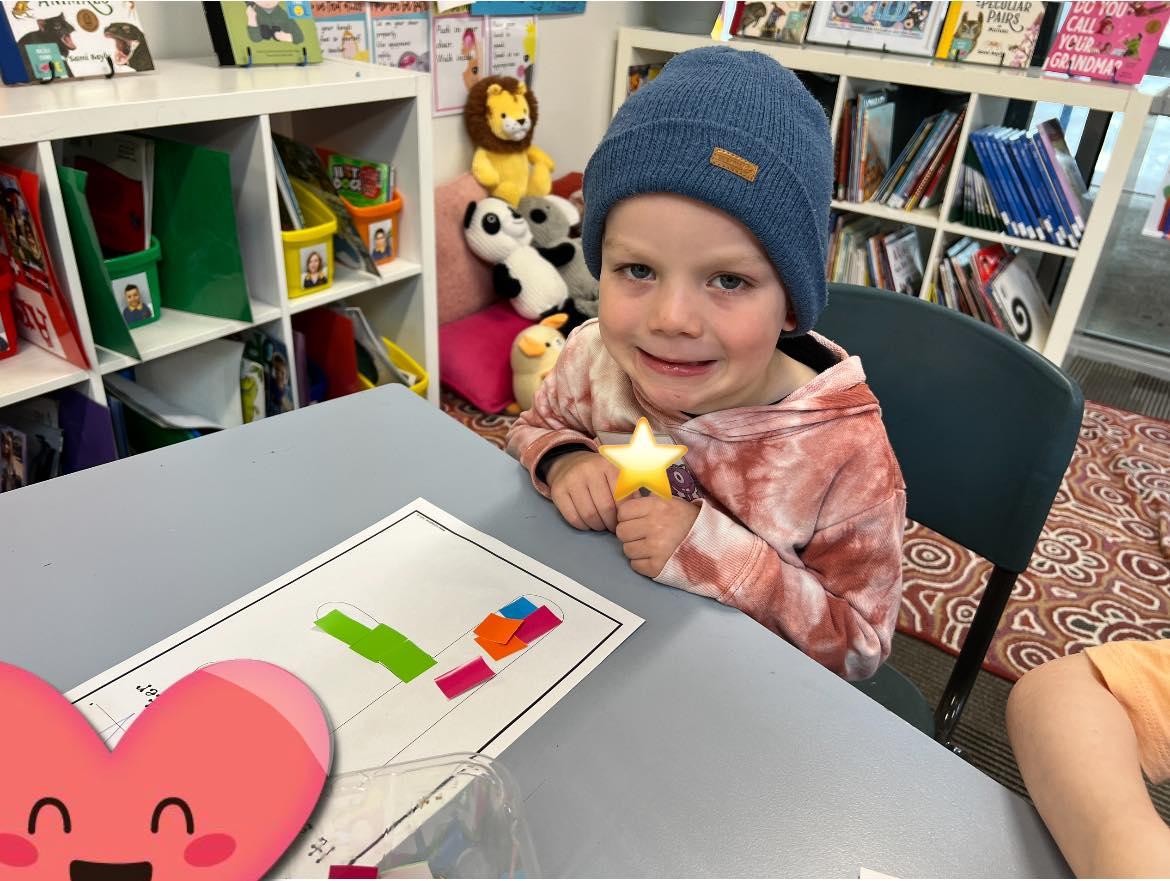







Class structures 2023
Next year, we will again have five classes, all multi-age (where two year leves are mixed together in the same classroom). In the past, parents have queried whether a multiage class structure would suit their child. Let me explain a little more about how the structure works and why in particular it is suited to our small school community in particular.
A multi-age setting happens regardless of whether we have classes labelled as one year level only or combined year levels. All children learn at their own rate and develop skills, knowledge and understandings at different stages. It is like when your child first learned to walk or talk. These things do not happen at the same time for all children.
Research tells us that within any one year level, there is always a wide learning range. While one child in year 3 may be accessing a year 1 standard curriculum, another may be accessing year 5. This then varies again depending on the subject. A child excelling in mathematics, may be receiving intervention support in literacy. The spead of learning occurs in the classroom regardless of the structure.
Our personalised learning approach combined with our flexible learning spaces, enables our teachers to combine students for levelled learning, with point-of-need teaching provided to students in their learning groups. Core curriculum subjects are taught at a consistent time in Junior and Senior, in order for students to be able to move fluidly between groups to access the learning they need.
Teachers use ongoing formative assessment data to determine student learning needs and form like-ability groups and design tasks in accordance with assessment results. Teachers are responsible for ensuring that every child is making the maximum growth possible at their own level. Multi-age classes also enable mixed ability and social groupings to enhance peer-collaboration and peer to peer teaching and learning.
Our flexible learning spaces mean that students are able to mix with students from all classes and access learning from all teachers, not just their own. This is the commitment of the staff at Waverley Meadows - to take collective responsibility over the learning of all, not just one group of students. Students only remain with their own class for the purpose of specialist lessons (PE, Art, Music).
Multi-age classes also benefit children socially. In a small school, it is beneficial to be able to mix students every second year so they are not always with the same small group of students. This builds their social skills and widens their circle of friends. The multi-age structure also enables us to balance classes more evenly with gender, ability and behaviour.
In 2023, we will have a Prep/1 and a 1/2 class in our Junior School. Our Senior school will be comprised of a 3/4, 4/5 and 5/6 class. Juniors will be in our Kowun learning module. Seniors will be in our Kurborroo Module. The Tunparrim module (where the Art Room and Canteen are) will be a specialist centre. Classes are currently being established, but as explained, while your child may be in one particular teacher's class, that does not mean they will be receiving all of their learning instruction from that teacher, or working with the same children in their learning groups.
If you do have any concerns about class placements for next year, please contact me via email or phone as soon as possible. As a small, community based school, I discourage people from requesting that one child is not placed with another. The likelihood is, that even if your child is placed in a different class to a particular child, they may end up working together in some learning areas anyway. It is also worth noting that with lower numbers in some age groups, some year levels will not be split and all placed in the same class anyway.
Building Name Adjustments
As most of you are aware, we had to alter some of our indigenous building names after consultation with the Bunurong Aboriginal Land Council. Different tribes have different spellings and pronunciations and we wanted to ensure our names would have local connections. We particularly wanted to have names that symbolised the indigenous connection to flora and fauna.
KOWUN (echidna) is our junior classroom module: P-2.
TUNPARRIM (lizard) is our current year 6 module and next year's specialist centre.
KURBORROO (koala) is our senior classroom module: 3-6.
BEAL (red river gum) is the multi-purpose building.
WARNARUP (wattle) is our administration and library building.
We were honoured to be joined by Kobi Sainty, Bunurong representative, who performed a Welcome to County and Smoking Ceremony for us to officially open the buildings under their new names. Students, parents and staff were invited to 'wash' themselves in the smoke. It was a great and unique experience.









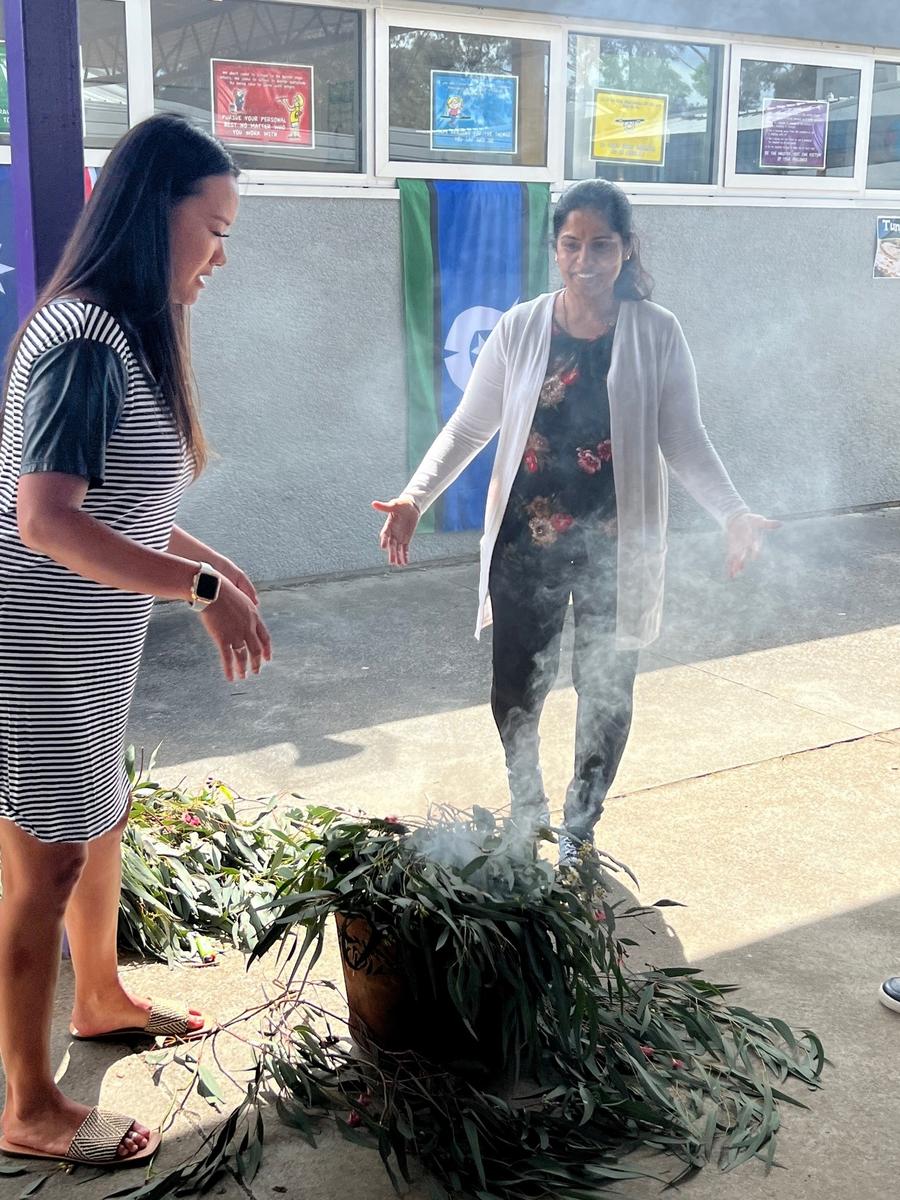
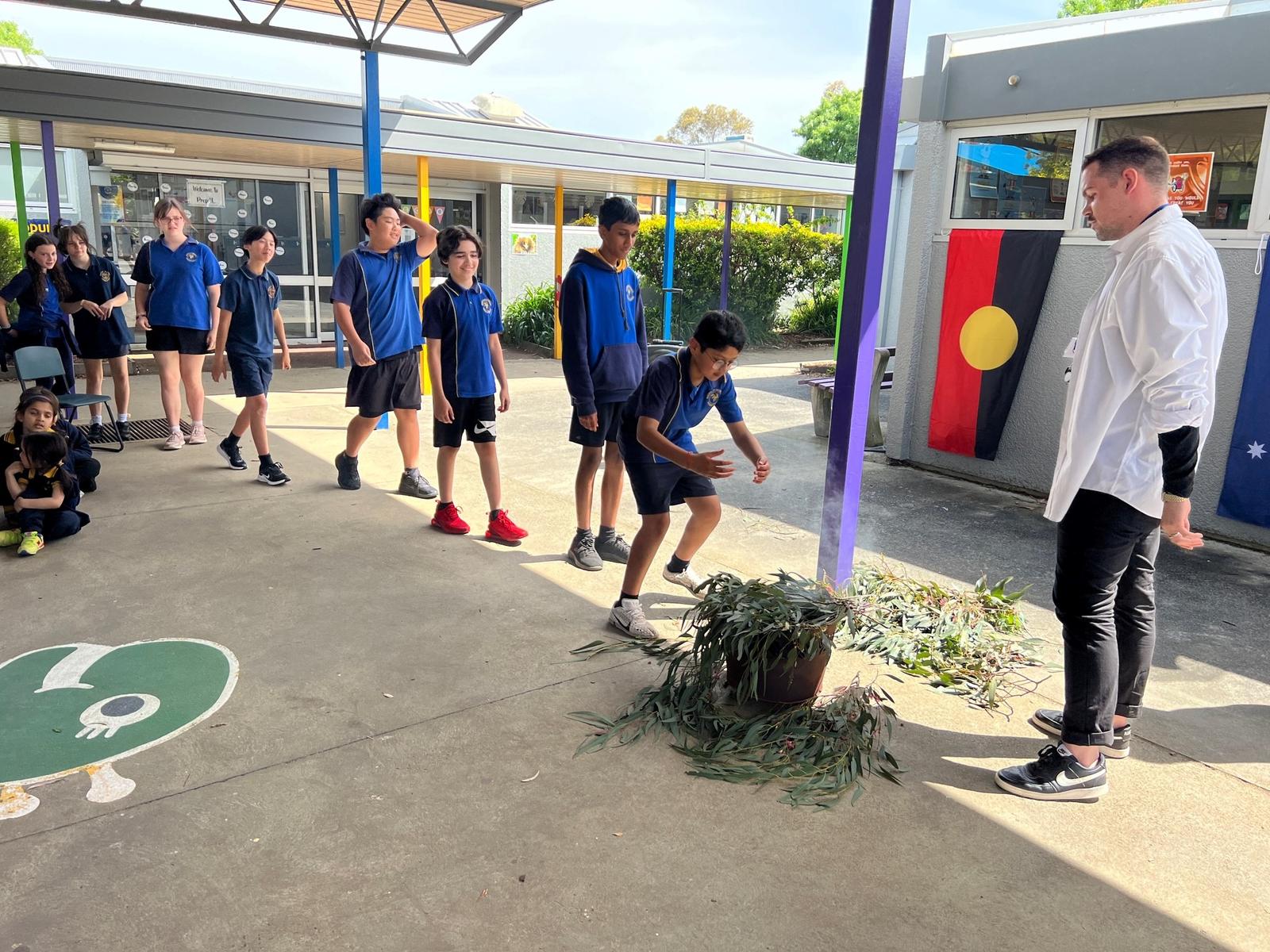











Student Acheivement - NAPLAN
I am pleased to report that WMPS NAPLAN results indicate that 100% of students in year 3 are performing ABOVE the national minimum standard in writing, reading, and grammar and punctuation. 100% of year 5 students are performing ABOVE the national mimimum standard in reading, spelling and numeracy! Due to there being no NAPLAN run in 2020, we are unable to see our growth data (where we compare the same cohort of students two years apart to measure their growth rate) but we are able to gain a comparison of how our students performed against the state, region and other schools of similar type.
The following graphs show the acheivement bands in assessed areas as compared to the State, North East Victorian Region and schools of similar type. Red is below standard, yellow is at standard and blue is above. The darker the blue, the further above standard that percentage of students are achieving.
These graphs represent (in order) reading, grammar and punctuation, writing, numeracy, spelling.

